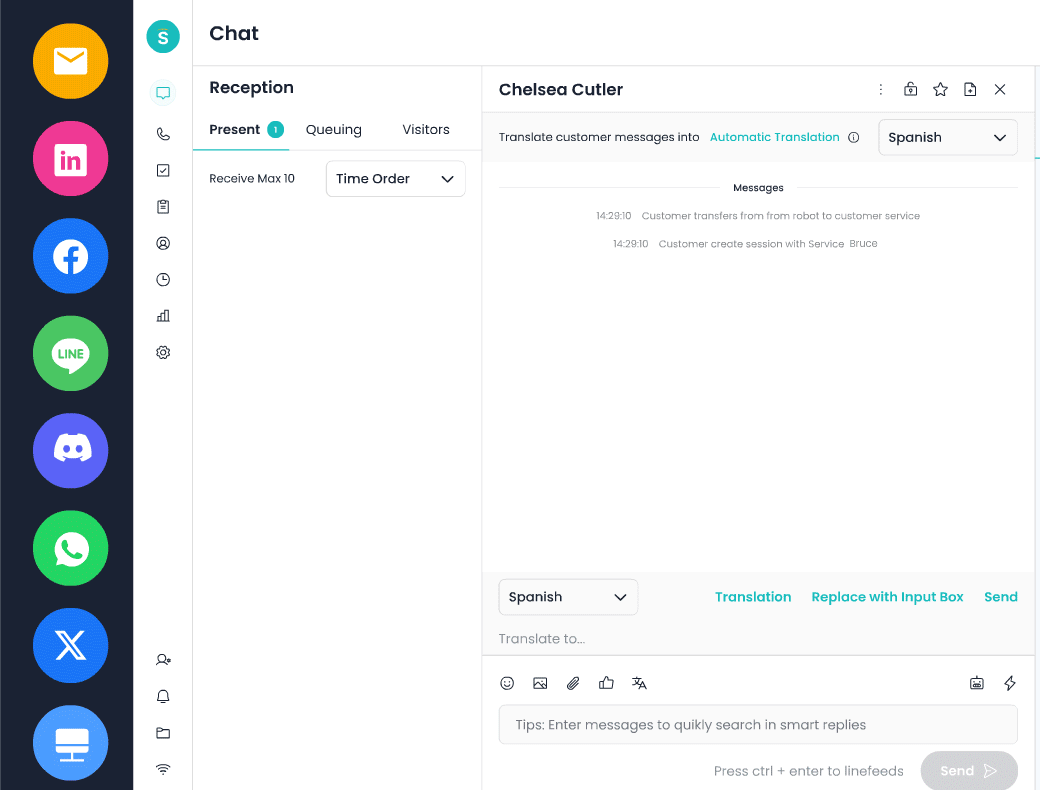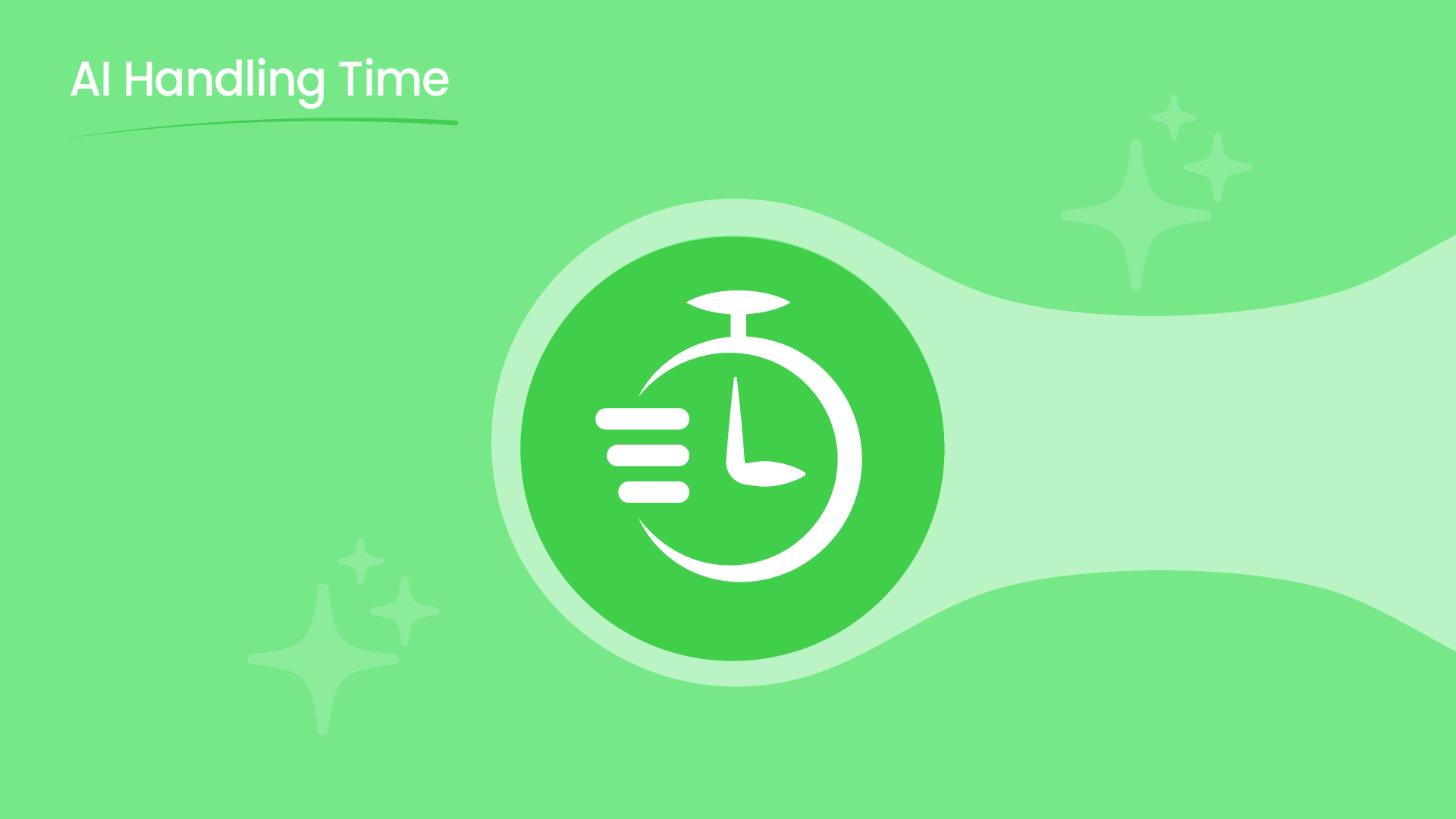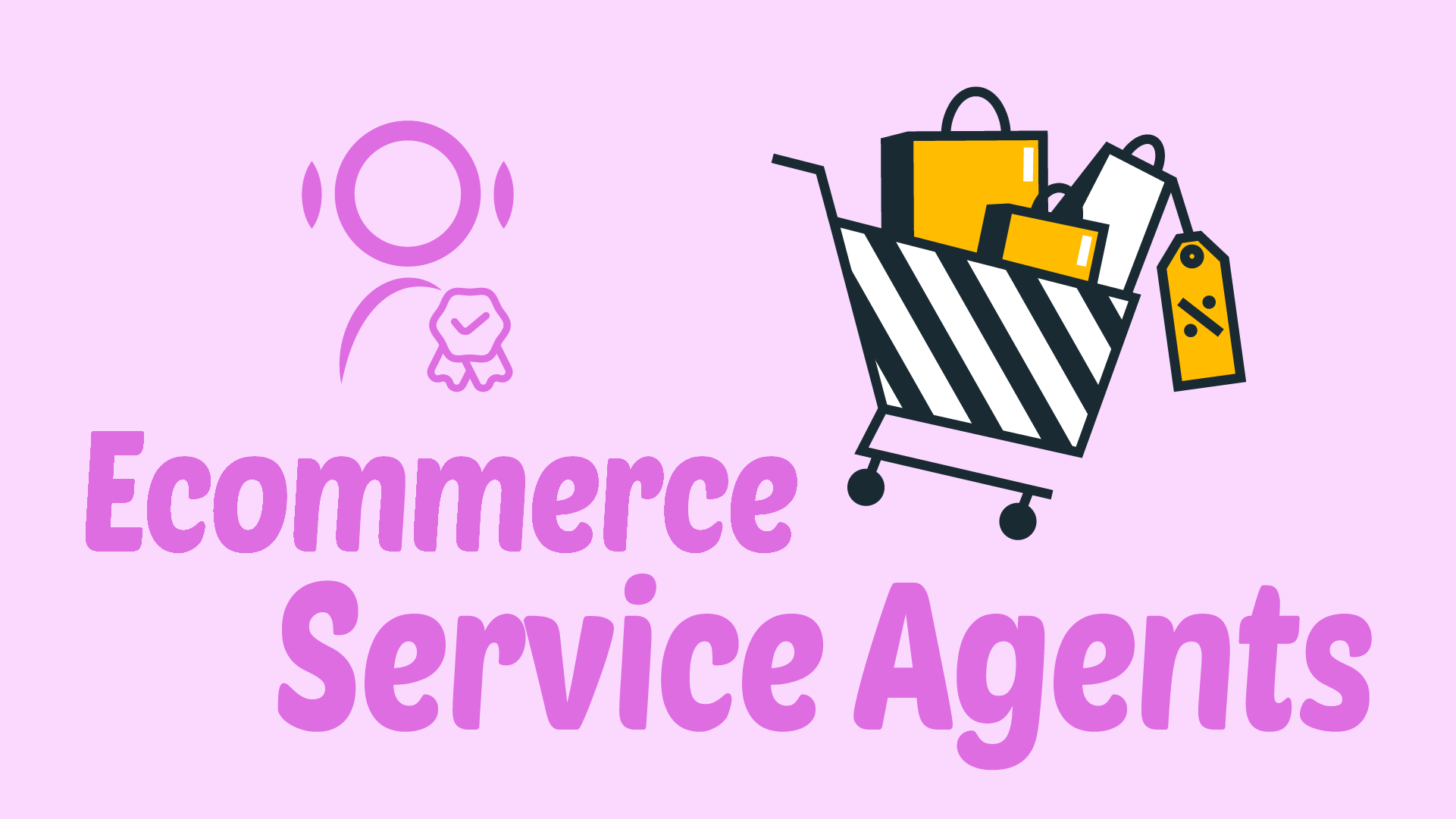Introduction
In the era of instant interactions and high customer expectations, speed has become the heartbeat of great service. When users reach out for help, they expect not just accurate responses, but immediate ones. That’s where AI Handling Time (AHT) comes in — a key metric that determines how quickly and efficiently an AI system manages and completes a customer interaction.
For Sobot, AI Handling Time plays a central role in its AI-first strategy, ensuring that the customer experience remains both fast and humanized. The goal isn’t just to respond quickly, but to resolve intelligently- balancing speed with the empathy and accuracy customers expect.

Definition of AI Handling Time
AI Handling Time (AHT) is the average time an AI system takes to handle a customer query, from the initial message to resolution or escalation. It measures the duration of a complete AI-driven interaction — not just how fast the AI replies, but how efficiently it brings the conversation to a meaningful close.
To understand it better, it helps to compare AHT with a few related concepts:
- Human Handling Time: Measures how long a live agent takes to resolve a query— typically several minutes, compared to AI’s seconds.
- AI Response Time: Focuses only on how quickly AI sends its first reply after receiving input. This shows system speed but not total resolution time.
- AI Resolution Time: Captures the entire process until the issue is completely solved, even if the AI escalates it to a human agent.
👉 In short:
AI Response Time = how fast AI starts the conversation
AI Handling Time = how efficiently AI manages it
AI Resolution Time = how completely AI finishes it
This distinction matters because AI Handling Time represents the balance point between speed and completeness— a true measure of how efficiently AI provides end-to-end service.
Companies using AI have cut First Response Time by ~74% (from ~8.2 minutes to ~2.1 minutes) and reduced Average Handle Time by ~56%.
Why AI Handling Time Matters
Speed shapes perception. A few seconds of delay can make the difference between delight and frustration. For businesses, AI Handling Time directly influences both the customer experience and operational performance.
Here’s why it’s vital:
- Customer Satisfaction: Faster service builds trust and boosts retention.
- Operational Efficiency: Lower handling times mean fewer queues and reduced workload for human agents.
- Cost Reduction: Shorter AI interactions scale more efficiently, saving support resources.
- Brand Reputation: Quick, accurate responses strengthen brand image and digital credibility.
In Sobot’s AI-first ecosystem, AI Handling Time isn’t just a speed metric—it’s a measure of responsiveness that defines how human-like the AI feels to end users.
Formula for AI Handling Time
he formula for calculating AI Handling Time is simple:
it’s the total duration of all AI-handled interactions divided by the number of queries the AI manages.
In other words,
AI Handling Time = Total Duration of AI Interactions ÷ Number of AI Handled Queries
For example, imagine an AI customer service system handles 1,000 customer queries with a combined interaction duration of 50,000 seconds.
Dividing the total time by the number of queries gives an average handling time (AHT) of:
AHT= 50,000÷1,000 = 50 seconds
This means the AI typically completes a full customer interaction—understanding the request, retrieving information, and providing an accurate reply—within about 50 seconds.
That balance between speed and accuracy makes AI Handling Time a vital performance measure for evaluating intelligent customer support systems.

Factors Influencing AI Handling Time
AI Handling Time isn’t fixed — it varies depending on system design, data quality, and interaction type. Common factors include:
- Query Complexity: Simple FAQs are resolved faster than multi-step troubleshooting.
- AI Model Capability: Smarter language models with better comprehension handle queries more efficiently.
- Integration Depth: Access to CRMs, billing, or logistics systems shortens lookup time.
- Training Data Quality: Clean, diverse datasets improve AI’s ability to find quick answers.
- Escalation Frequency: The more often AI transfers to human agents, the higher the overall handling time.
Sobot continuously tracks these variables to fine-tune its AI models for faster, more accurate outcomes.
Industry Benchmarks for AI Handling Time
Benchmarks differ by sector and complexity of customer service interactions, but general standards are:
- E-commerce: 30–45 seconds per query (customers expect instant updates).
- Banking & Finance: 60–90 seconds (due to verification and compliance steps).
- Healthcare: 90–120 seconds (data sensitivity and care quality requirements).
Compared with human handling time, which averages 3–5 minutes, AI clearly delivers significant speed advantages. However, the real goal is to maintain speed without compromising understanding or personalization— something Sobot prioritizes deeply.
Strategies to Improve AI Handling Time
Improving AI Handling Time requires both smarter technology and better workflow design. Sobot employs several strategies:
- Optimized Knowledge Base: Ensures instant access to structured, verified information.
- Intent Prediction: Anticipates user intent early, reducing unnecessary back-and-forth.
- Smart Routing: Directs queries to the most relevant flow or data source immediately.
- Continuous Learning: AI learns from previous interactions to improve context recognition.
- Seamless Escalation: Transfers to human agents with full context to prevent repetition.
These techniques enable Sobot’s AI to respond in real time while still feeling natural and context-aware.
Sobot’s Approach to AI Handling Time
For Sobot, AI Handling Time is more than a metric—it’s a design principle. Every element of the Sobot AI ecosystem is optimized for intelligent efficiency, combining fast interactions with deep understanding.
Key elements include:
- Predictive AI Models: Anticipate customer needs before they fully express them.
- Adaptive Response Framework: Adjusts tone and pacing based on user behavior.
- Deep Integrations: Direct connections with enterprise systems for instant data retrieval.
- Real-Time Dashboards: Continuously monitor AHT to identify improvement opportunities.
For example, a global retail client using Sobot reduced its average AI handling time from 72 seconds to 41 seconds, while maintaining over 95% accuracy and improving customer satisfaction scores.
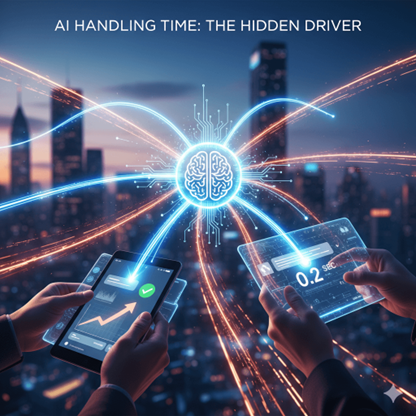
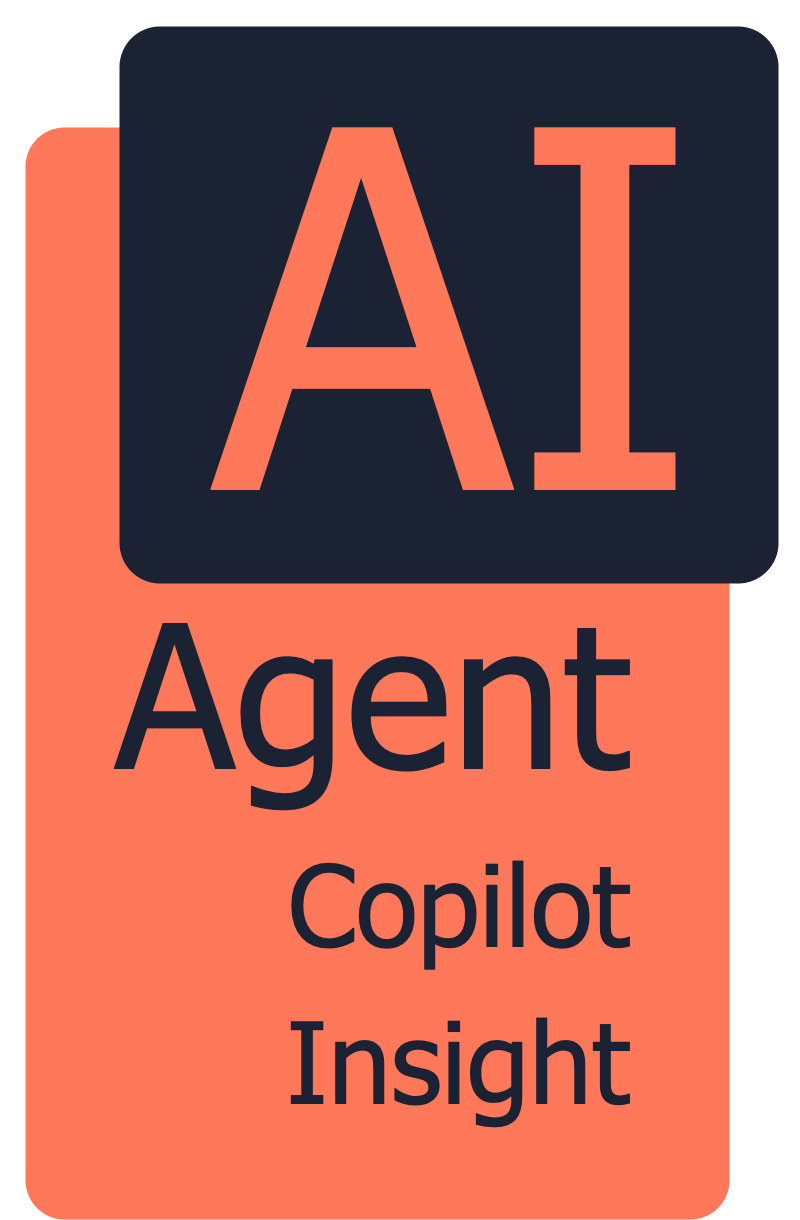
Challenges in Measuring AI Handling Time
Although valuable, AHT comes with measurement complexities:
- Simultaneous Queries: AI handles multiple users at once, complicating timing metrics.
- Variable Complexity: Not all questions are equal in depth or length.
- Channel Differences: Voice, text, and social chat may show different durations.
- Quality vs. Speed Dilemma: Cutting time too much can harm response depth.
Sobot addresses these challenges through contextual metrics and balanced performance monitoring— ensuring speed never compromises customer experience.
When wait times are between 0–5 minutes, satisfaction is ~95%; when wait times increase to 11–15 minutes, satisfaction drops to ~70%.
The Future of AI Handling Time
As AI continues to evolve, measuring handling time will move from raw duration toward predictive and adaptive efficiency. Future directions include:
- Real-Time Optimization: AI self-adjusting its pace based on conversation context.
- Edge Computing: Reducing latency by processing data closer to users.
- Multimodal AI: Handling voice, text, and visual inputs simultaneously.
- Standardized Benchmarks: Cross-industry comparison frameworks for fair performance measurement.
With its robust, adaptive architecture, Sobot is positioned to lead this evolution, redefining what “fast” means in AI-driven experiences.
Conclusion
AI Handling Time may sound like a technical metric, but it directly shapes how users experience speed, intelligence, and empathy in digital interactions. It defines the moment when automation feels human.
For Sobot, optimizing AI Handling Time is not about chasing seconds — it’s about ensuring that every response is instant, accurate, and meaningful. By mastering this balance, Sobot continues to strengthen its AI-first mission: building technology that feels less like a machine and more like a trusted partner.
In the fast-moving world of AI customer experience, handling time is not just about being quick— it’s about being quick the right way.
